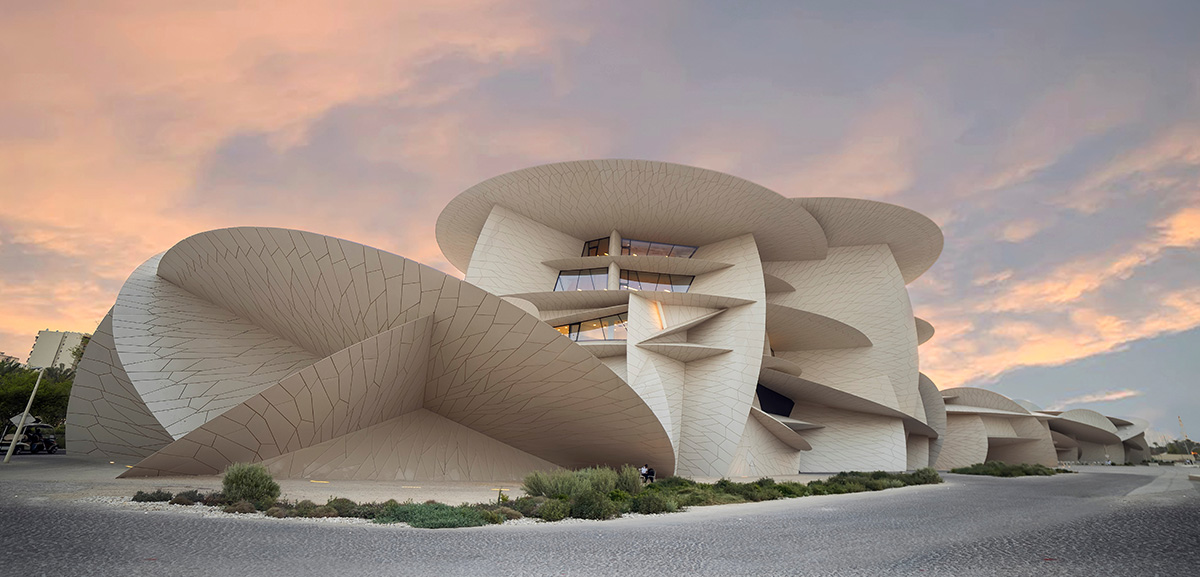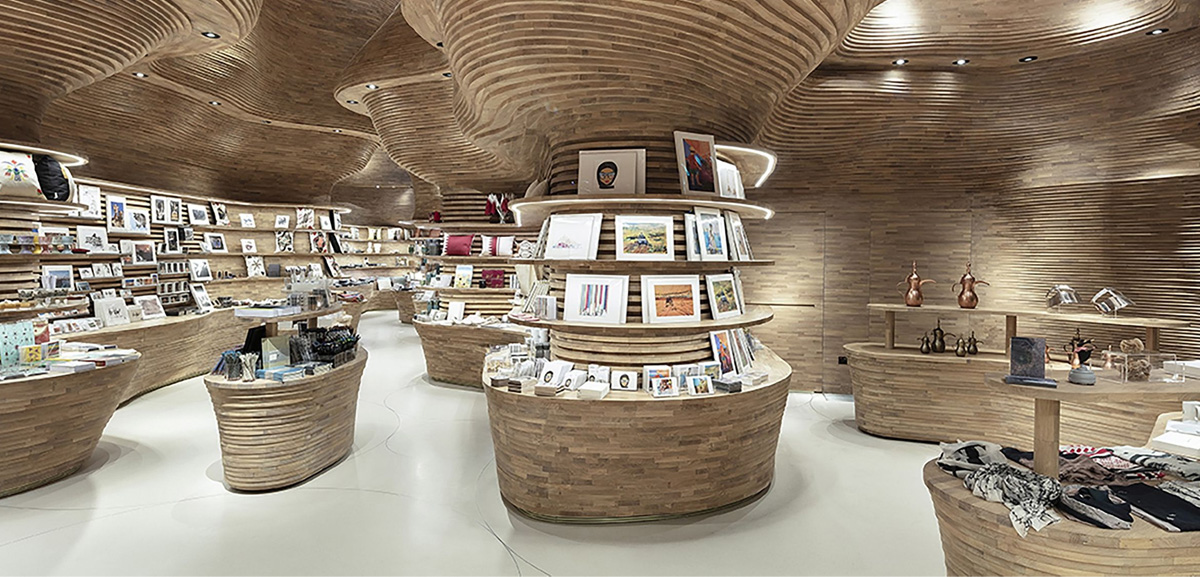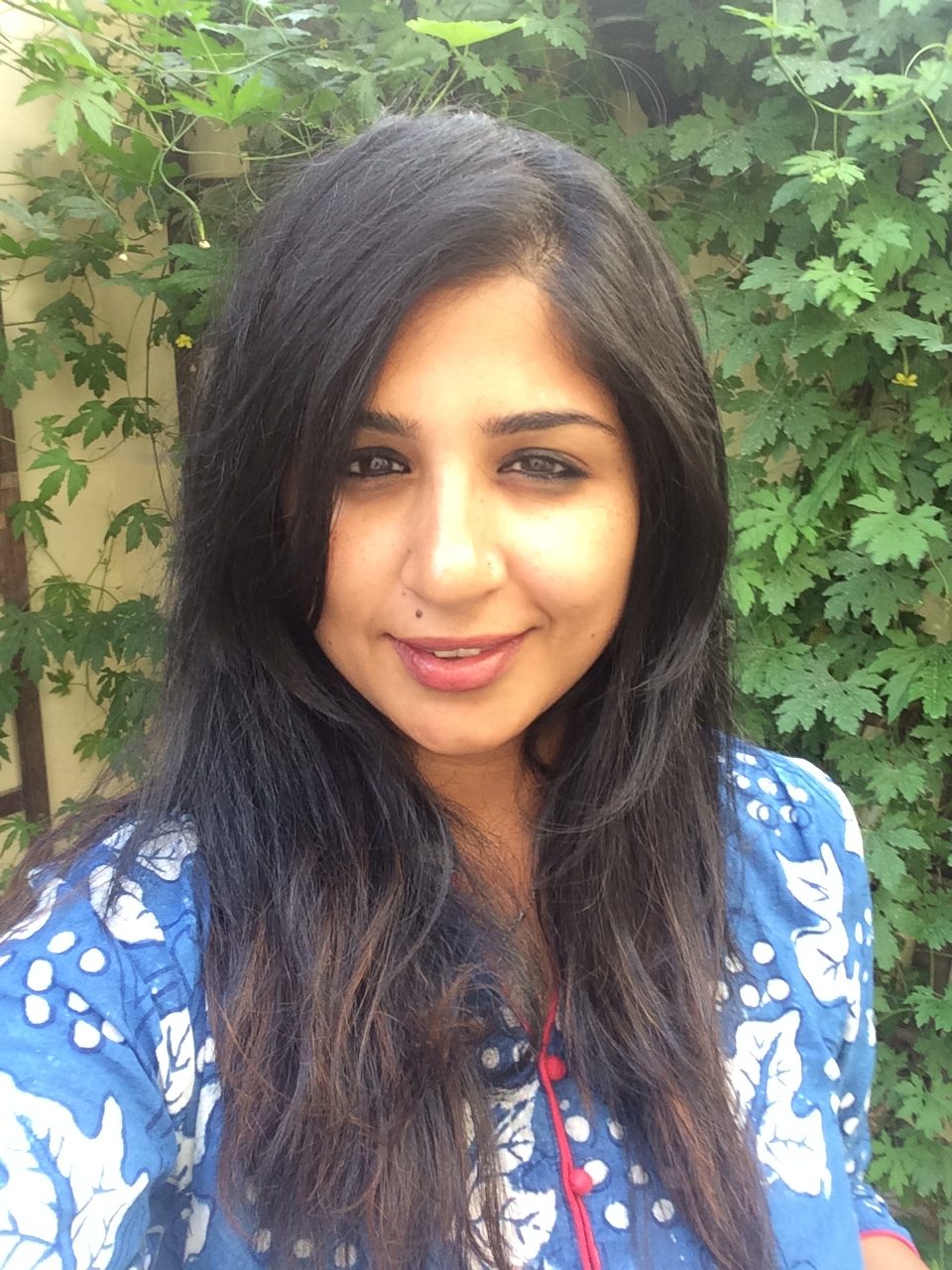Qatar has a diverse demography. As the country made its amazing progress slowly and steadily, its residents became more vibrant and diverse.
The people who live in Doha or those who visit the cosmopolitan city have always been keen to learn how the landscape transformed into the present day modern city.
The residents and the visitors alike have a great opportunity to learn about how Doha developed and continues to leap forward. The ‘Making Doha: 1950 – 2030’ exhibition is going on at Temporary Exhibition Gallery in National Museum of Qatar. The exhibition that started in March will close on August 30.Curated by Rem Koolhaas, Samir Bantal and Fatma al-Sehlawi, the exhibition was launched on the eve of the National Museum of Qatar inauguration.

The exhibition reflects on the process of urbanism rather than its outcome. For the first time, Doha’s evolution is displayed as a retrospective through seventy years of archival photography, models, plans, films, historic and oral narratives.This material was excavated by Qatar-based Atlas Bookstore research team from local and international institutional archives, complimented by interviews with state decision-makers, architects and city planners.
Designed by OMA/AMO, the exhibition examines how this capital city was assembled and how its construction affected the global discipline of architecture across four major chapters: Seeds of a Nation (1950–1971), Modern State (1971–1995), And the World (1995–2010) and Destination Qatar (2010–2030).
Doha is a metropolis put together with care; successive layers of ambition have not created a disjointed patchwork, but a functioning, original, livable whole. The city’s progressive, humanistic principles are translated by the leadership in state-led urban developments. Local, regional and international architects, eleven Pritzker laureates among them, have together constructed a bold modern city. Driven by foresight and institution building Doha is an unparalleled architectural ensemble.
The National Museum of Qatar opened to the public on 28 March 2019. The building, which was constructed in place of the original Qatar National Museum, was designed by architect Jean Nouvel who got his inspiration from the desert rose crystal, which can be found in Qatar. The museum site includes Sheikh Abdullah bin Jassim al-Thani’s Palace, which is the heart of the Qatari national identity.
The new museum features an innovative design and grows around the original 20th century palace of Sheikh Abdullah bin Jassim al-Thani. The historic palace was restored by Berlin-based architecture and engineering firm ZRS Architekten Ingenieure. This important monument to Qatar’s past is now preserved as the heart of the new museum.
The relation between the new building and the old building is part of creating the bridge between the past and the present advocated by HE Sheikha Al Mayassa bint Hamad bin Khalifa al-Thani as a way to “define ourselves instead of forever being defined by others “ and of “celebrating our identity”.
The 430,000 square foot museum is made up of interlocking discs that create cavities to protect visitors from the desert heat. Located at the south end of Doha’s Corniche, the museum’s building rises from the sea and is connected to the shore by two pedestrian bridges and a road bridge.
A tour of the museum takes visitors through a loop of galleries that address three major, interrelated themes. The galleries are arranged in chronological order, beginning with exhibitions on the natural history of the desert and the Persian Gulf, artefacts from Bedouin culture, historical exhibitions on the tribal wars, the establishment of the Qatari state, and finally the discovery of oil to the present.
The displays and installations that explore these themes present audiovisual displays with carefully selected treasures from the museum’s collections.
These collections currently consist of approximately 8,000 objects and include archaeological artefacts, architectural elements, heritage household and travelling objects, textiles and costumes, jewellery, decorative arts, books, and historical documents. The museum’s mission is to celebrate the culture, heritage, and future of Qatar and its people, embodying the pride and traditions of Qataris while offering international visitors a dialogue about rapid change and modernisation.
Source : https://www.gulf-times.com/story/638359/Making-Doha-1950-2030-a-look-at-past-and-future
More on Arts & Culture






Leave A Comment
You must be logged in to post a comment.